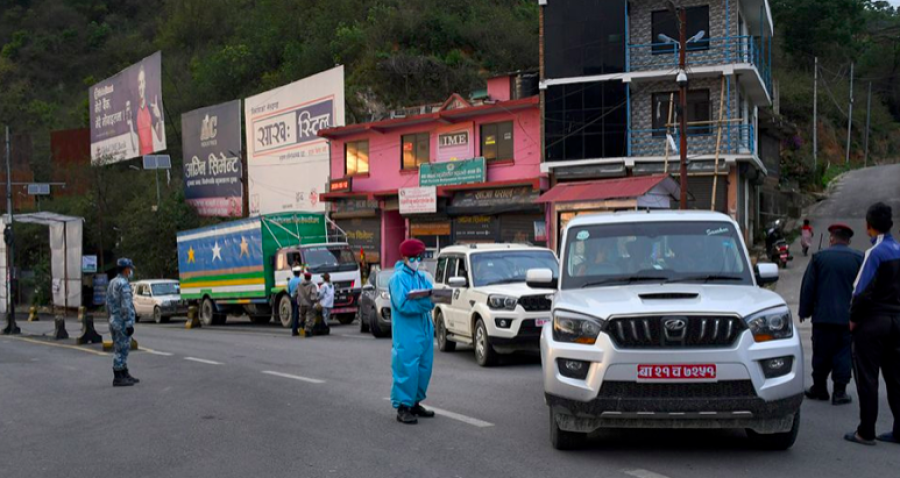Editorial
Cases are still rising
It’s not that lockdown measures wouldn’t have worked, it’s that the government has failed at implementing a successful regimen.
On May 12, Nepal witnessed its highest ever daily increase of those testing positive for the novel coronavirus. Eighty-three new cases were registered, making the total number of known positive cases to 217 as of Tuesday. Then on Wednesday, it reached 219. A daily rise in cases isn’t all that surprising. Even though a nationwide lockdown would have afforded the government at all levels a perfect opportunity to ramp up polymerase chain reaction testing, to get a more accurate picture of the number of affected in Nepal, only after more than 45 days has the testing really reached a level of any consequence. It still falls short of any level that would allow for normalcy to resume. The number of cases should continue to rise as more are tested. Yet, a severe spike in a single does bring some worry. This increase was reported within a few days of the government easing some restrictions. If the distancing and containment measures were working, so many wouldn’t test positive for an infection over three weeks after strict measures were introduced.
There remains a fear in the public that the spike will suddenly see aggressive restrictions being reintroduced, with police personnel often being rough on those walking to work, to go shop or to exercise, even if they are maintaining strict physical distancing measures. But therein lies the problem. The police, presumably working on orders from high up, have been quick to punish people on an ad hoc basis, even if their reasons for being outside are legitimate. But, at the same time, they have often been lax on those who are flaunting safety measures.
Take, for example, the unchecked entry of people—in the middle of a supposed lockdown—into the Kathmandu Valley. According to the Home Ministry itself, in a span of 24 hours preceding May 12, over 7,000 people entered Kathmandu Valley. This statistic counts those that the state agencies allowed into the Valley, having seen valid permits for vehicles. Worryingly, over a 100 private vehicles with passes are seen entering the Valley every day. While the number of vehicles bringing goods to the Valley are understandable, the high number of private vehicles surely points to a failure in implementing set containment norms.
Another major failure has been the government’s reliance on the rapid diagnostic kits. These kits test the presence of proteins that a body produces in response to an infection, here specifically an infection by SARS-CoV-2. However, as it takes time for any human body to produce this response, many who have caught the virus recently will test negative; they will likely develop an infection later. But due to the government’s faith in the rapid tests, many suspected cases that tested negative were allowed to leave isolation and return to their communities. Doing so may have contributed to the rise in cases many weeks after the country was sealed off and the first cases identified. Contact tracing of infected cases, too, is lagging far behind a level required to contain viral spread.
By failing to stem internal mobilisation, ramp up PCR testing and implement strict tracing measures, the government has wasted weeks. What is embarrassing for the state is that this wasted time has come at great cost to the economy, all economic activities being curtailed for weeks. What’s more, many thousands of Nepalis continue to be trapped abroad—essentially in exile—while the government at home blunders containment.
This is not to say the isolation, distancing and partial lockdown measures should be lifted. Cases from around the world show that the only way to avoid mass death due to Covid-19 is to enforce distancing, while ramping up PCR testing and employing strict tracing and self-reporting measures. Along with these tried and tested methods, the government must immediately scale up the healthcare capacity nationwide. As cases continue to rise, there must be enough infrastructure to isolate and treat cases in places, rather than employing costly and unsafe movements to population centres.




 5.27°C Kathmandu
5.27°C Kathmandu














